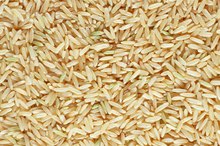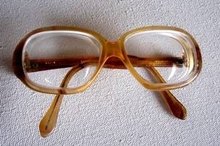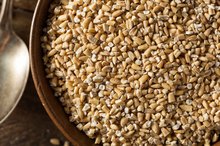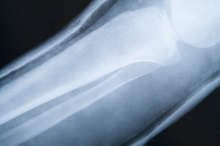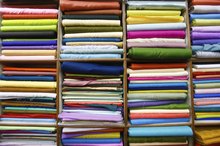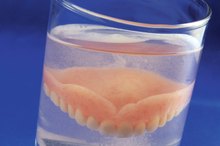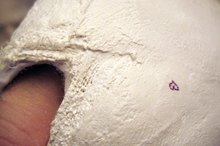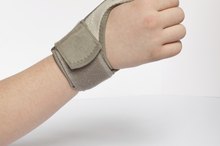Difference Between Fiberglass & Plaster Cast
Both fiberglass and plaster casts are applied to injured limbs to immobilize them and allow the bones, ligaments, tendons or muscles to heal after an injury such as a break, sprain or dislocation. They are also applied after surgical procedures including correction of clubfoot and other congenital limb deformities. While fiberglass is usually the material of choice in the United States, plaster casts still are used for orthopedic immobilization.
If you are experiencing serious medical symptoms, seek emergency treatment immediately.
Differences in Composition
Plaster cast material is made from a type of naturally occurring gypsum known as plaster of Paris that is used to coat fiber bandages 1. Fiberglass casting tape is made from woven fiberglass that is coated with polyurethane resin.
Differences in Appearance
Unmilled Vs. Milled Rice Facts
Learn More
A plaster cast is smooth and always white as only white plaster of Paris bandages are available 1. A fiberglass cast is webbed in texture and appearance and it is often colored. Common fiberglass cast colors include blue, pink and green. Both types of casts can be and often are signed and decorated with felt tip markers.
- A plaster cast is smooth and always white as only white plaster of Paris bandages are available 1.
- A fiberglass cast is webbed in texture and appearance and it is often colored.
Differences in Weight, Strength and Durability
Fiberglass casts are lighter and stronger than plaster casts. They also last longer as they are more resistant to water damage and wear. However, neither type of cast is waterproof, unless a specific waterproof lining is used with a fiberglass cast.
Porosity, Drying Time and Flexibility
How to Remove Scratches on Polycarbonate Lenses
Learn More
Fiberglass is more porous than plaster, so that a fiberglass cast is often more comfortable to wear. In addition, a fiberglass cast takes 30 minutes to two hours to dry as opposed to up to 48 hours for a plaster cast. However, plaster is easier to mold than fiberglass.
- Fiberglass is more porous than plaster, so that a fiberglass cast is often more comfortable to wear.
- In addition, a fiberglass cast takes 30 minutes to two hours to dry as opposed to up to 48 hours for a plaster cast.
Price
Plaster is less expensive than fiberglass. Some insurance plans may not cover the cost of a fiberglass cast.
Related Articles
References
- Algeos: Plaster of Paris Bandages
- 3M: 3M Scotchcast Plus Casting Tapes
- American Academy of Orthopedic Surgeons: Care of Casts and Splints, October 2007
- Kidshealth.org: Frequently Asked Questions About Casts
- Cleveland Clinic. Casts and splints. Updated April 16, 2017.
- American Academy of Ortopaedic Surgeons. Care of casts and splints. Updated August, 2015.
- American Academy of Orthopaedic Surgeons. Compartment syndrome. Updated October, 2009.
Writer Bio
John DeMerceau is an American expatriate entrepreneur, marketing analyst and Web developer. He now lives and works in southeast Asia, where he creates websites and branding/marketing reports for international clients. DeMerceau graduated from Columbia University with a Bachelor of Arts in history.
